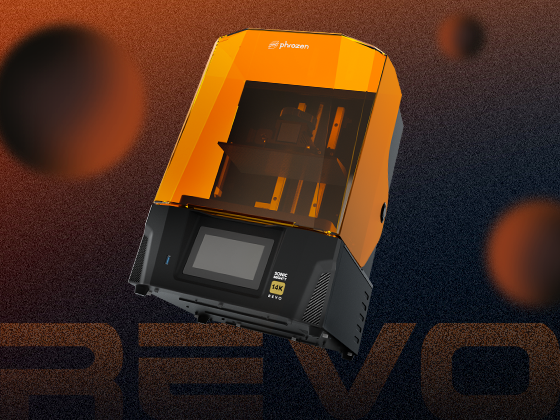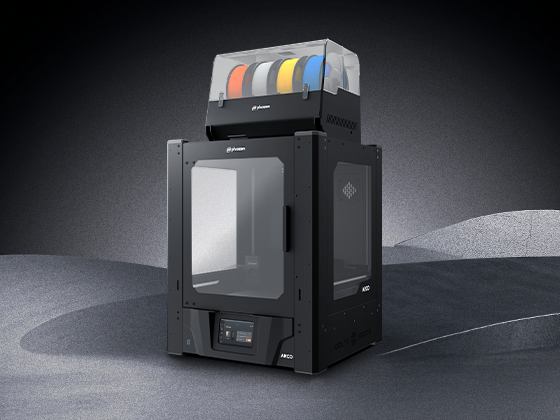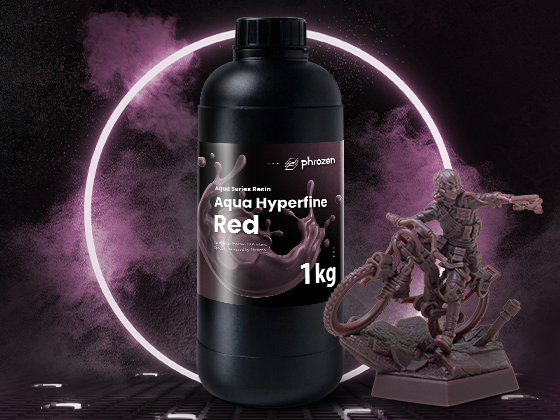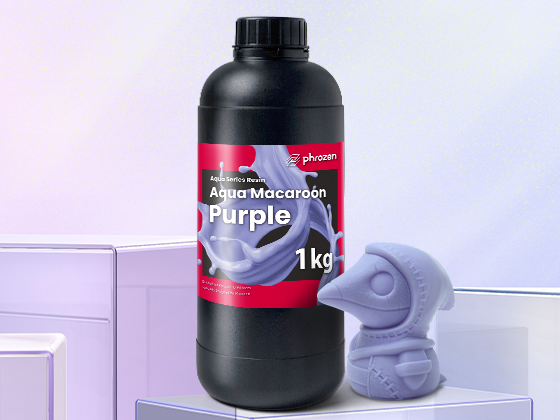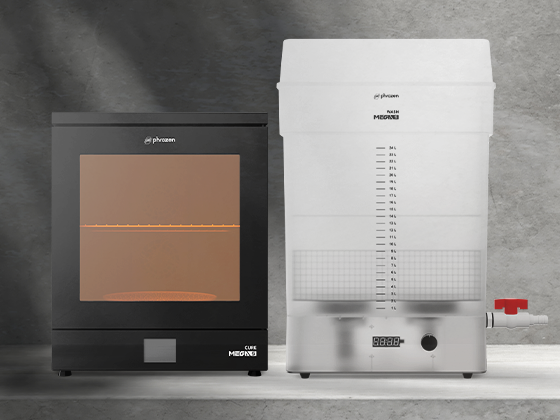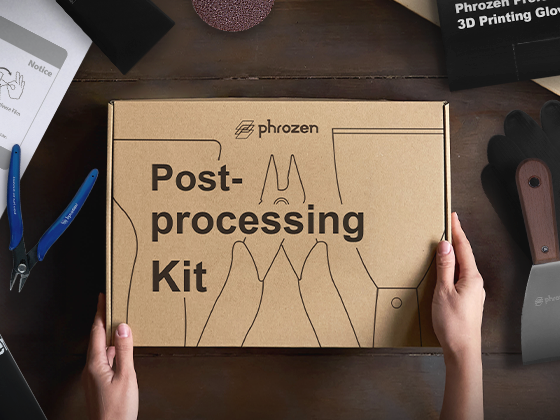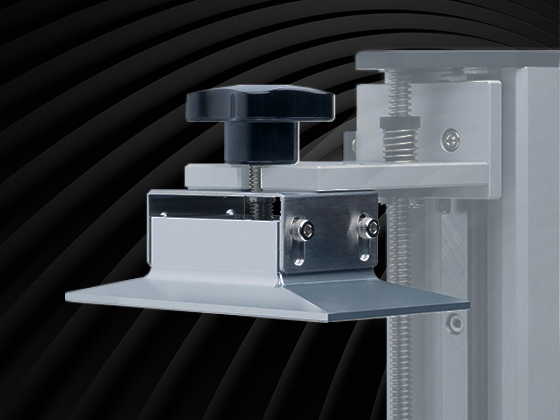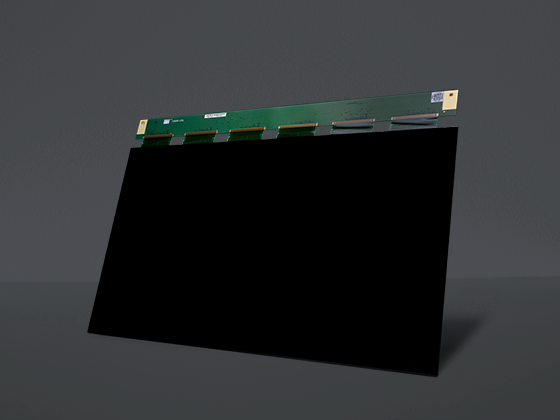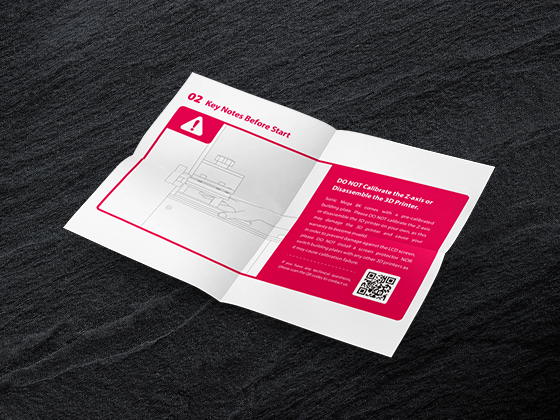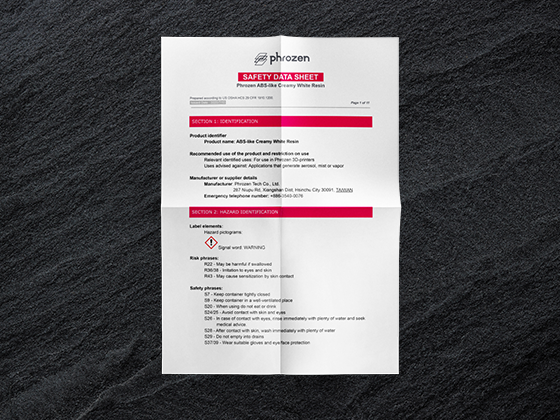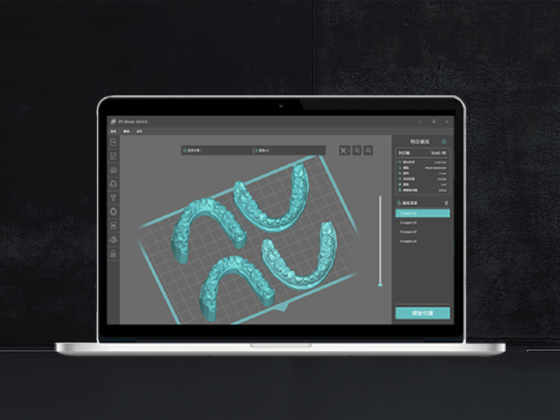Life isn’t easy for those living with disabilities. Depending on others for their daily needs or taking longer to complete simple tasks tends to take a toll on those living with these conditions, which is why many of them are actively seeking to improve their quality of life.
3D printing, specifically resin printing, gives the differently-abled a chance to simplify their lives, which leads to an overall improvement in quality of life.
Let’s take a look at 3D printing ideas that can improve the lives of those with physical, hearing, or visual disabilities:
Physical Disabilities
Living with a physical disability is difficult. Sometimes you may even need to rely on others for your basics needs such as eating or showering. 3D printing aims to solve these challenging issues by creating assistive pieces of equipment that make the lives of those with disabilities easier.
3D Printed Wheelchair

For those who have difficulties with walking, wheelchairs are a necessity to improve the mobility of those with physical disabilities. As they learn to operate a wheelchair, they learn to become independent and get to places on their own instead of relying on others to take them there.
Wheelchairs available on the market tend to be standard-sized, which means that people don’t necessarily get to choose according to their needs.
With 3D printing, customized wheelchairs can easily be created to fit your needs and style.
3D printing allows you to create customized wheelchairs that can continuously be modified to fit your personal style and taste. Custom-made wheelchairs tend to be higher in price and can’t be readily modified. 3D printing provides customized wheelchairs tailored for individuals at a greatly reduced cost.
3D digital files of wheelchair accessories such as a cupholder, or even a phone holder are also readily available on websites such as thingiverse.com where you can download and print out 3D printed designs according to your needs.
These can then easily be attached to your wheelchair, making life all the more convenient.
Customizable Prosthetics

Other than wheelchairs, 3D printing can also be used to create prosthetics.
Prosthetics give new life to those who have an amputated limb due to diseases, injuries, or any other conditions. This helps with the rehabilitation process as patients relearn how to live and manage daily activities in an entirely new way.
Prosthetics or bionic legs or arms work to imitate the natural legs or arms by creating movement and emulating muscle function. Prosthetics require the perfect fit so that people can feel comfortable and feel like it’s part of their body instead of a foreign object attached to their body.
With 3D printing, manufacturers can design and produce prosthetic parts at a much faster rate than before; with traditional methods, it may take weeks for a new prosthetic to be created.
3D printing allows you to create personalized prosthetics that have the perfect fit for every single patient. Kids, or even adults, can now create personalized prosthetics that come in different colors and designs to reflect their personality
3D printing can also dramatically reduce the costs for customized prosthetics by up to 80%. This is especially beneficial for parents who have kids that need prosthetics. As children grow up fast, prosthetics may need to be changed constantly, which means that costs can add up quickly.
Websites such as e-Nable have been it easier to print out prosthetic arms and hands that can easily be assembled by anyone.
Hearing Disabilities
Now let's move on from physical disabilities onto hearing disabilites.
Those with hearing disabilities usually have to navigate the world through various means such as learning to lip-read or using hearing aids to hear the world around them. Hearing aids usually consist of a microphone, amplifier, a speaker, and a hearing aid shell. According to the U.S. National Institute of Deafness and Other Communication Disorders, only 1 in 5 people with hearing impairment actually use a hearing aid.
3D-Printed Hearing Aids

3D printing gives the chance to those with hearing disabilities to create hearing aid shells that are customized for their needs. These can now be produced quickly and at a high standard so that patients feel at ease when using such a device.
The process has been vastly simplified. Doctors can now scan their patients’ ears, design and print out hearing aid shells that have a perfect fit. Once the shells are ready, they can be installed with hearing equipment and it’s good to go.
Visual Disabilities
Just like those with physical or hearing disabiliites, 3D printing can also be used to help those with visual disabilities.
Imagine being unable to see the world around you. Now imagine trying to navigate in a state of darkness around you. Being able to see is a gift in and of itself. With 3D printing, those who are visually impaired will also have the gift to “see” via their imagination and, of course, with the help of 3D printed visual aids.
3D Printed Teaching Aids

In the classroom, teachers can print out the entire alphabet, a Rubik’s cube, or even dice that come with braille. This, in turn, can work to improve the literacy rate of visually impaired students. Teachers can create 3D printing models for science or math classes to make the learning process easier and more interactive. To learn more about how 3D printing can be used in education, please click here.
Maps or even photographs can all be 3D printed with braille on them to allow those with a visual impairment to actually touch and feel what they otherwise would not be able to experience.
3D Printed Braille Art
Believe it or not, researchers have actually found a way to print out 3D art that is filled with braille. This way, those who cannot see have a better way to interact with the visual world, instead of relying on others or an audio guide to describe what is being seen.
A 3D printer was used to print out a three-dimensional version of the Mona Lisa, giving those who have visual impairment a chance to sense and feel artwork with their hands. Touching artwork directly usually is forbidden, but museums can use this technology as a way to have a positive experience while visiting art museums. To learn more about how 3D printing can be used in art, please click here.
3D Printed Storybooks

Via University of Colorado Boulder
Storybooks are a magical way to take you to another world...so why should the visually impaired miss out? Researchers from the University of Colorado Boulder have come up with a way to use 3D printing to print out 3D storybooks with braille, and tactile pictures so that the visually impaired get to “see” 2D graphics presented in a 3D way.
The book itself consists of braille at the bottom and 3D images at the top so that those without sight and read the book and “see” images at the same time.
Nowadays, there are a ton of resources such as TouchSee and 3D design files available on Thingiverse that are making 3D printing much more accessible to those who cannot see.
3D printing truly opens up a new world for those unable to see for themselves. To learn more about the different applications for 3D printing, please click here.

